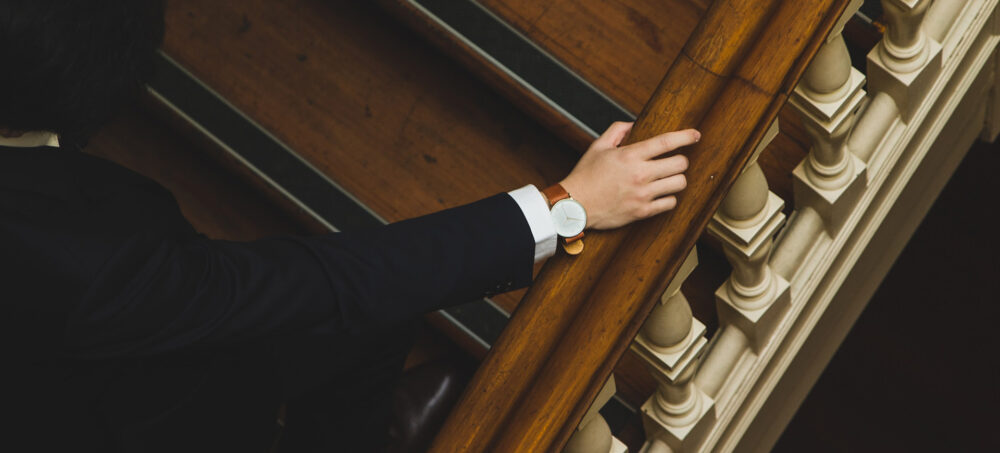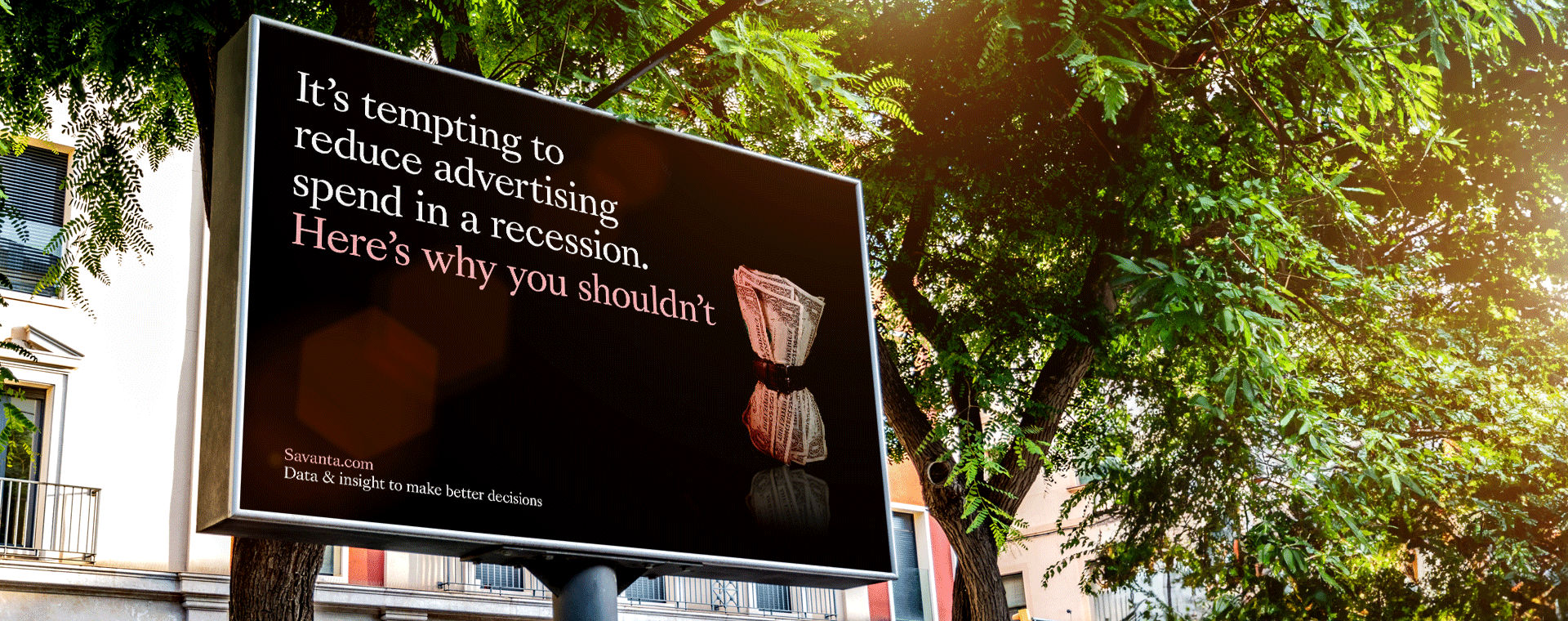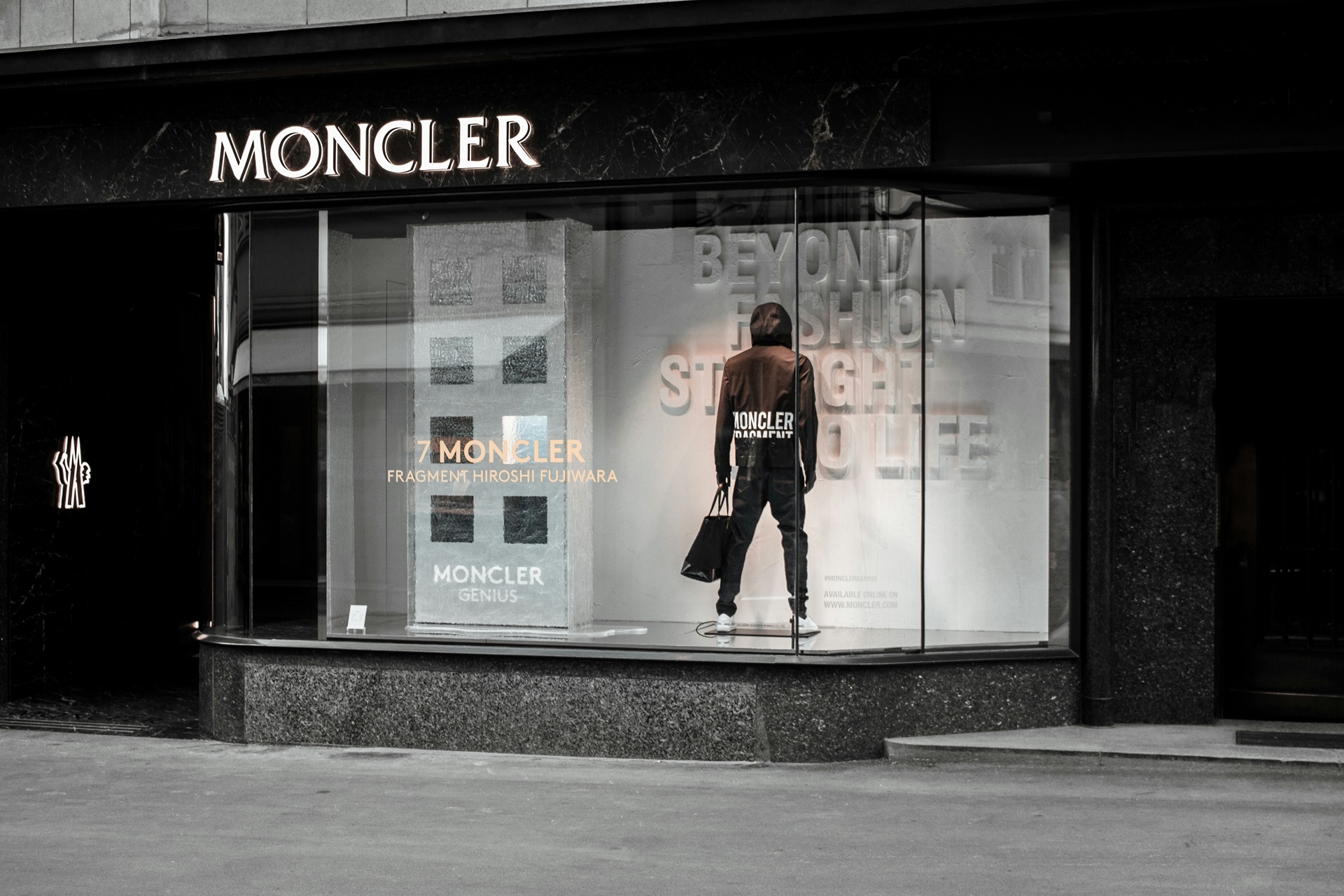
Businesses across the world have suffered due to the coronavirus pandemic, and luxury brands are no exception. The sector has experienced a long and difficult period since COVID-19 spread across the globe from China, to Europe, and the US.
The importance of Chinese consumers to the luxury industry is nothing new, but the fact the spending is occurring in China marks a shift in their traditional shopping habits.
As bricks and mortar retail stores closed and international travel ground to a halt due to lockdown, luxury brands were starved of their main source of income.
However, results published by industry leaders like Burberry (who at one stage closed 60% of its stores globally) and LVMH show they’ve had something of a recovery due to in-store sales increasing, largely driven by Chinese domestic spending.
The importance of Chinese consumers to the luxury industry is nothing new, but the fact the spending is occurring in China, rather than overseas in Europe or Hong Kong for example, marks a shift in their traditional shopping habits.
Savanta’s quarter 3 MillionaireVue (August) found that 1 in 5 Chinese high net worth individuals (HNWIs) felt their financial situation had actually improved since the beginning of Covid-19, up from 13% saying this in June. Whilst the majority (56%) said their financial security was unchanged, indicating a degree of stability when it comes to their wealth and thus propensity to buy luxury goods, it’s where they’re buying that has changed.
Previously, many wealthy consumers living in mainland China would have travelled to Hong Kong or Seoul to purchase duty-free luxury goods, and to Europe or the US to buy desirable brands direct from the source. With this no longer possible due to travel restrictions, Chinese HNWIs are buying locally. China is trying to encourage and cultivate this new domestic spending, and luxury brands with a presence on the mainland are benefitting.
However, those without a significant Chinese presence may struggle. Many Western designer brands were unable to attend Shanghai Fashion Week due to travel restrictions – and therefore unable to market their latest products – which immediately gave domestic brands an advantage over their foreign counterparts.
HNWIs in the UK and US have felt a greater financial impact than those in China, with significantly fewer saying their financial situation has improved (16% in each market). With 28% and 21% HNWIs in UK & US respectively saying their financial situation has deteriorated, brands in the West shouldn’t rely on the same level of domestic spending.
Gaining access to the domestic Chinese luxury market is clearly important for Western brands, though not purely in the form of bricks-and-mortar stores. Luxury is an industry that has been slow to digitise, however the increasing success of online marketplaces such as Farfetch (with the investment from e-commerce giant Alibaba giving them increased access to the Chinese market), highlights another way Western brands will be able to take advantage of these new spending habits.
With infection rates in Europe and the US surging at a much higher rate than in Asia, it’s assumed that travel between the regions won’t return to normal for a long time – perhaps until the widespread adoption of a vaccine across the globe. In the meantime, it will be important for luxury brands to take advantage of consumer spending wherever they can.
According to Bain, the personal luxury goods market shrank by 23% this year, with China being the only market to buck the trend with 45% year-on-year growth. And our MillionaireVue survey found that Chinese HNWIs have a net intention to spend more on luxury wine & spirits (22%), accessories (18%), and clothes (14%) in the next 12 months than in the previous 12 months. With both Western Europe and the US experiencing declines, it’s vitally important for brands to capture the Chinese market however they can.
The wealth specialists at Savanta have spent years researching HNWIs across the globe, so we have a deep understanding of how this audience behaves, thinks, and feels – and understanding these shifting trends will be crucial when it comes to leveraging them.
Savanta’s MillionaireVue is a quarterly omnibus with c. 500 HNWI’s in each of UK, US and China. For more information on MillionaireVue please click here.





